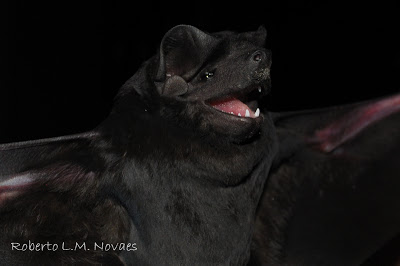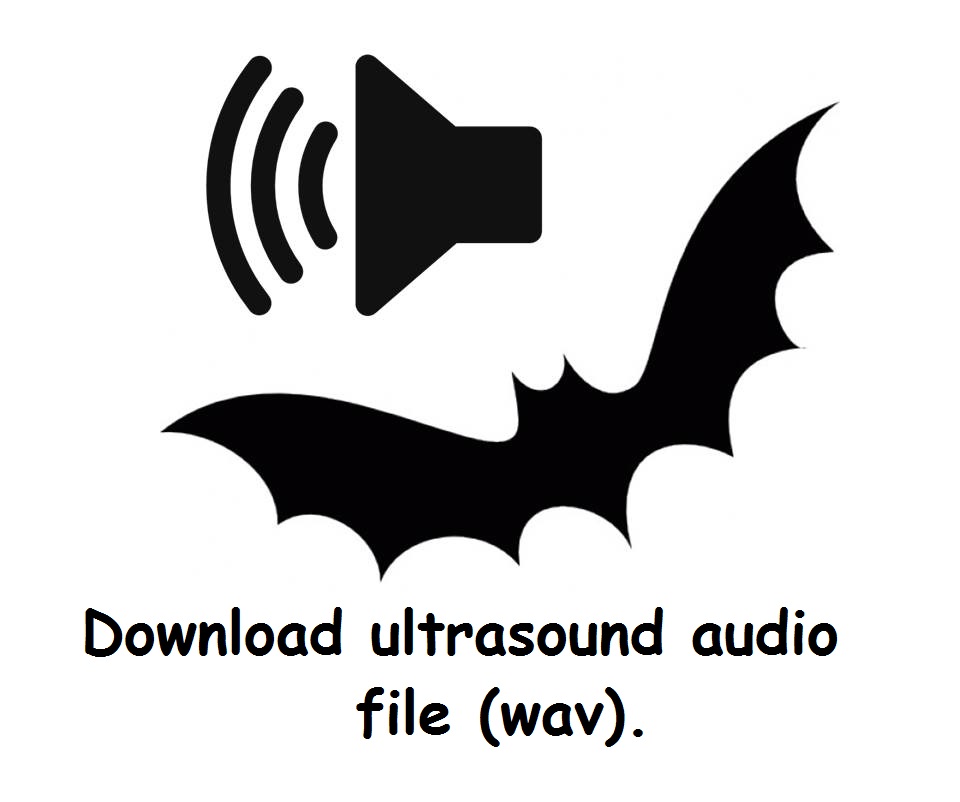Languages
Molossus II – Molossus rufus / currentium
Molossus II – Molossus currentium/rufus
It is hard to separate their ultrasounds, therefore we created species complex that have three alternate pulses. The lower pulse have maxixum energy frequency (FME) between 25 an 30 kHz, the medium pulse have FME between 30 and 35 kHz and the higher pulse have FME between 35 and 40 kHz. **Be careful with the medium and higher pulses, as they sometimes cannot be properly recorded due to their low intensity!!
Molossus currentium
Head body is 66 to 80 mm and the weight is 10-20g. Molossus currentium is medium-sized of Molossus genus. Dorsal hair vary dark to medium brown and reddish orange dorsal pelage also occurs in some populations.
They live in savannas, palm forests, seasonally wet and flooded forests, subtropical moist lowlands, tropical rainforests and pastures. They roost in caves, hollow tree tunks, crack in rocks and buidings and thatch roofs.
They are distributed punctually in Honduras, Nicaragua, Costa Rica, Panama, Colômbia, northwest of Venezuela, Equador, norte do Paraguay, Argentina and Uruguai and pottencially in Bolivia and above of equador line in Brazil.
Molossus rufus
Head body is 73 to 103 mm and the weight is 21-45g. Molossus rufus is the largest species of Molossus. Dorsal hair vary from black to red, brown, and yellowish. Ventral pelage is paler than dorsal pelage.
They live in tropical and subtropical forests, xeric thorn forests, savannas, cerrado, shrub, oak forests and secondary forests. They roost in buildings, hollow trees, rock crevices, and palm fronds.
They are distributed from Mexico to South America to north of Argentina and northwest of Uruguay, also on Trinidad I.
Figure 1. Molossus II echolocation (Molossus currentium / rufus). A) Oscillogram of the acoustic pulses; B) Spectogram of an echolocation call; C) Force spectogram.





